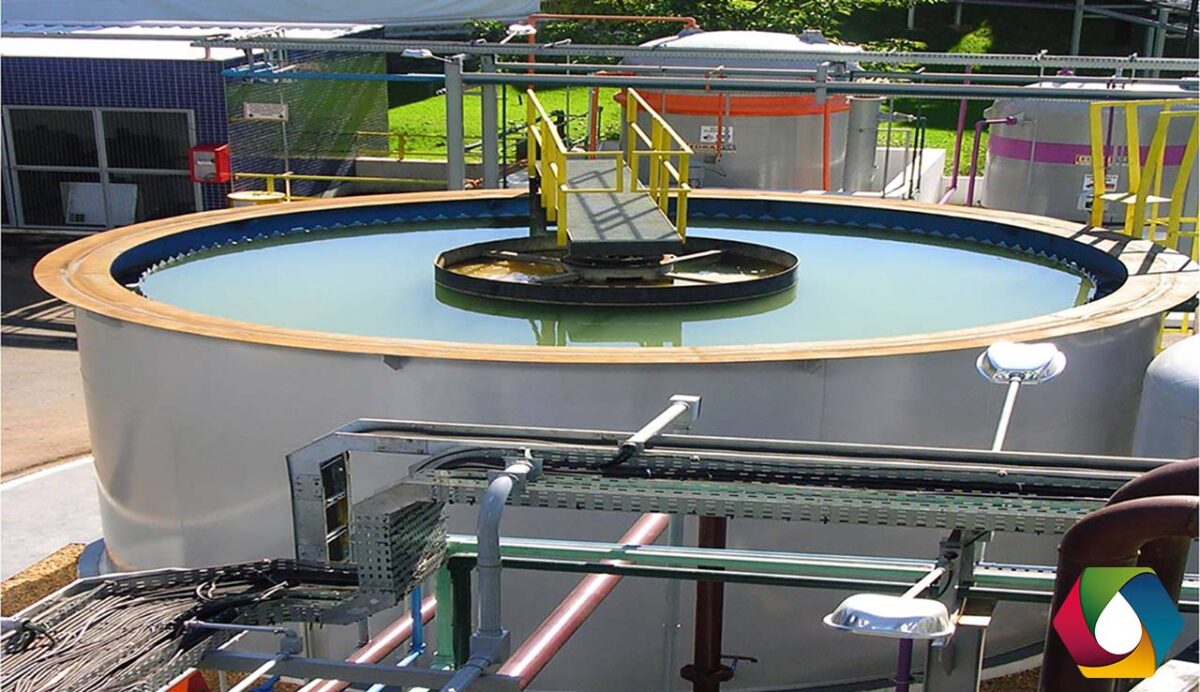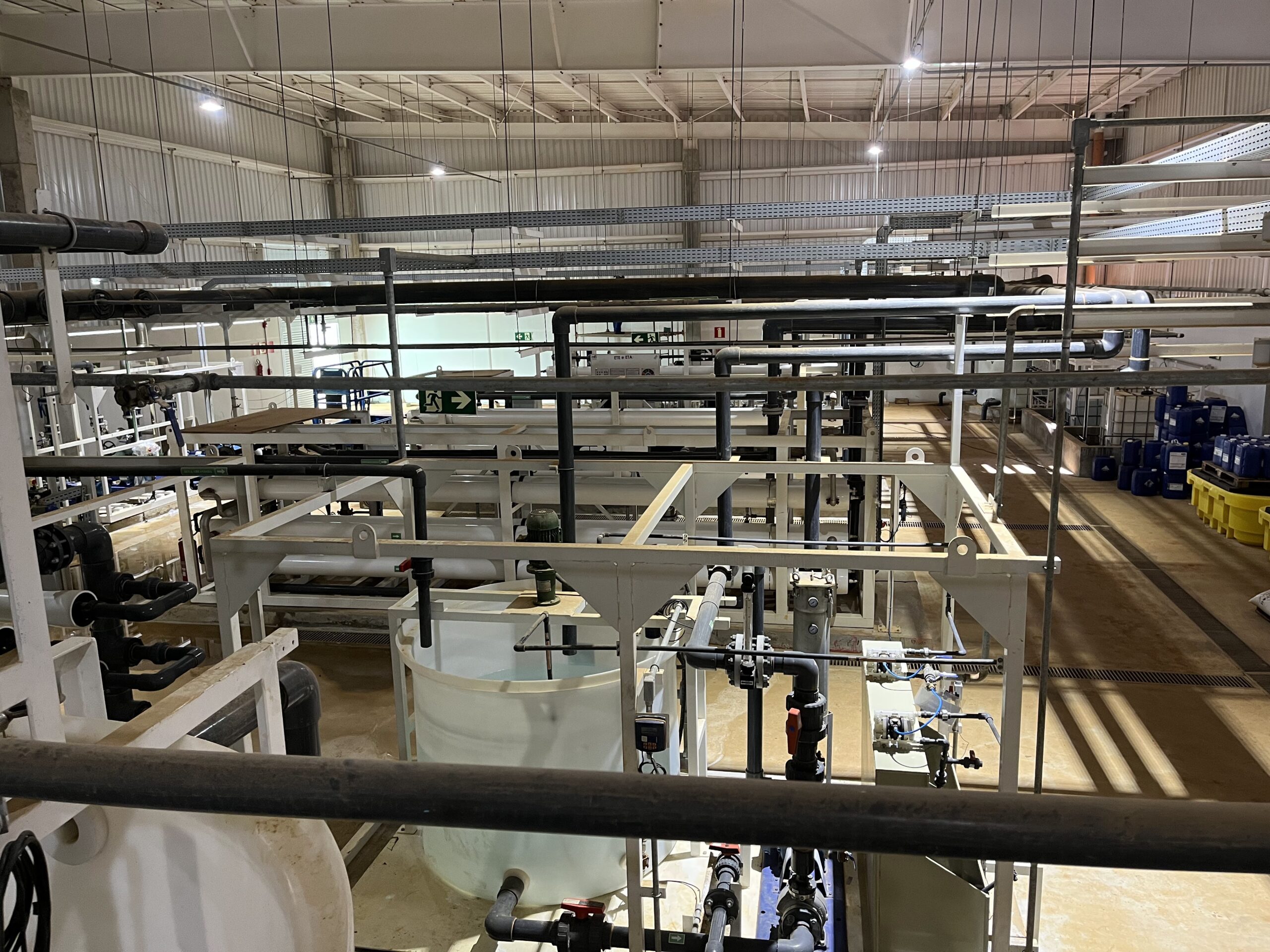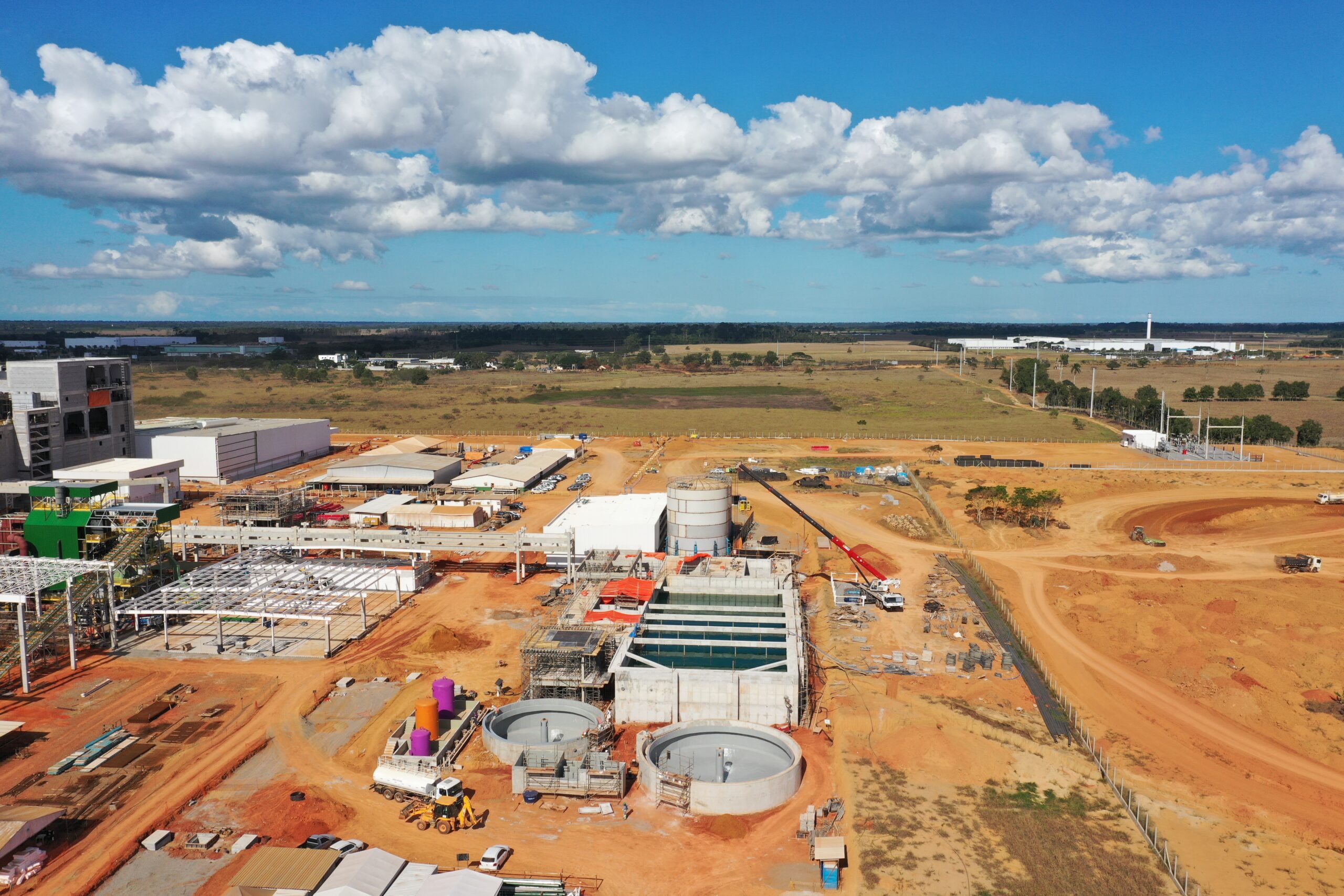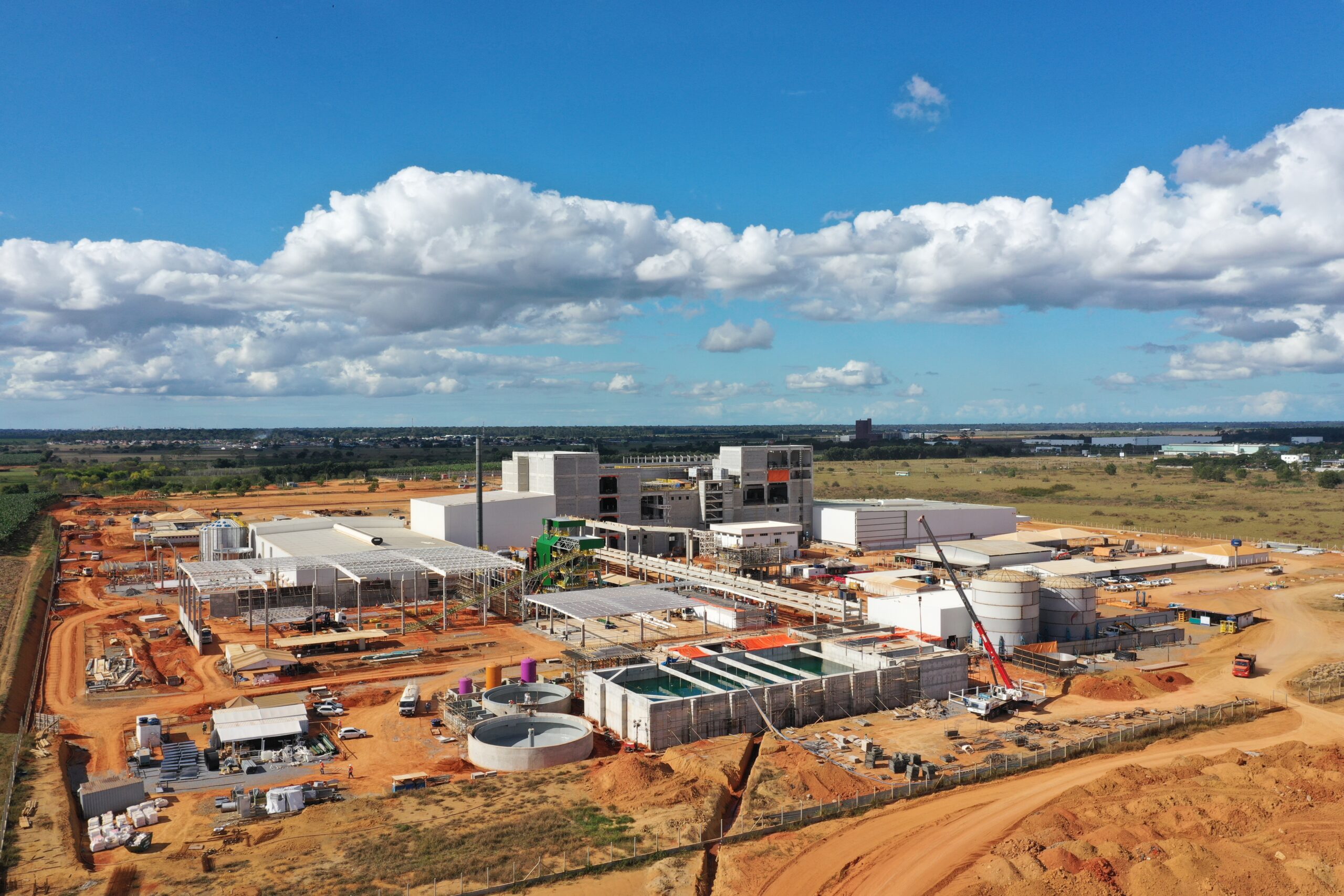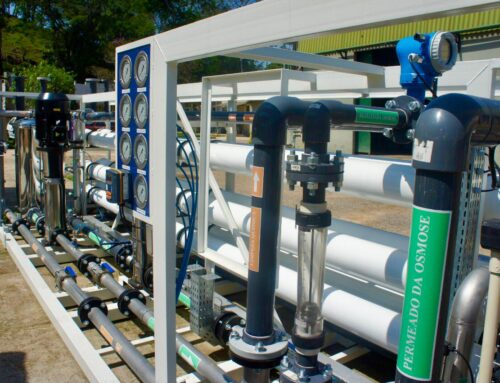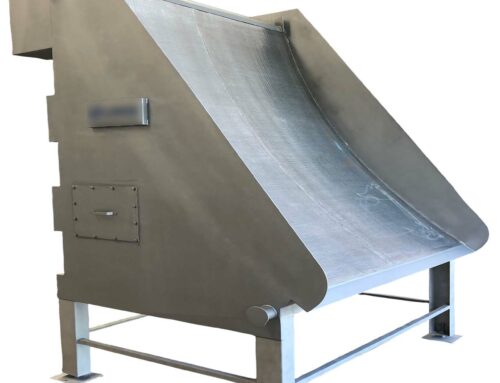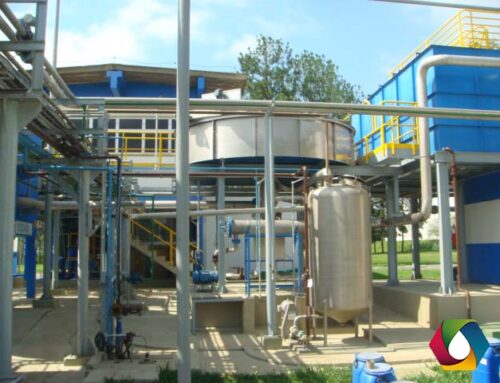Water Treatment Stations (ETA) are installations where water is treated to make it suitable for human and industrial use. They remove impurities and pathogens through various processes such as filtration, decantation, clarification and disinfection. The ultimate goal is to ensure that the distributed water is safe for consumption and meets the quality standards established by regulatory authorities.
Operating Process
There are several processes that can be used in Water Treatment Plants, but the most common are:
- Coagulation and flocculation: These processes help to group the suspended particles in the water, making them easier to remove.
- Filtration: The water is passed through a filter to remove particles and impurities.
- Clarification: In this process, the water is left to rest so that particles and impurities can settle at the bottom of the tank.
- Disinfection: Water is exposed to chemicals, such as chlorine or hypochlorite, or ultraviolet light to kill pathogens.
- pH correction: The water can be alkalized or acidified to reach the ideal pH.
- Residual disinfectant treatment: It is applied to leave a concentration of disinfectant to protect the water from contamination until the point of distribution.
- Stabilization: This step is used to remove excess iron and manganese, as well as other metals.
- Fluorization: Adding fluoride to strengthen teeth.
- Water treatment for industrial use: It is used to remove specific impurities depending on the industrial application.
It is important to highlight that each water treatment plant can use different processes and combinations of processes depending on the quality of the raw water and the specific needs of the community.
Benefits
Water Treatment Plants offer several benefits, including:
- Public health: Treated water is safe for human consumption and reduces the risk of waterborne diseases.
- Water quality: Treated water meets quality standards set by regulatory authorities and is suitable for industrial use.
- Conservation of water resources: The treated water can be reused in various applications, which helps to save water resources.
- Comfort: Treated water is cleaner and free of unpleasant odor and taste, improving people’s quality of life.
- Environmental protection: Treated water is less polluting and less likely to cause damage to local fauna and flora.
- Safety: Treated water is less likely to cause fires and explosions in industries that use water in their processes.
- Cost savings: Water treatment can be more cost-effective than raw water replenishment, and can also avoid health and environmental costs.
Applications
Water Treatment Plants can have many applications, including:
- Public supply: Treated water is distributed to homes and businesses for human consumption and domestic use.
- Industries: Treated water is used in industrial processes such as refrigeration, steam generation and food and beverage production.
- Agriculture: Treated water is used to irrigate crops and provide water for livestock.
- Fish farming: Treated water is used in fish farming to raise fish and other aquatic animals.
- Recreation: Treated water is used in swimming pools, lakes and other recreational environments.
- Reuse: Treated water can be reused in various applications, such as watering gardens, cleaning streets and even for use in buildings.
- Desalination: Salt water is treated to remove salinity, making it potable and usable for various purposes.
- Effluent treatment: Wastewater from industries and homes is treated to remove impurities and pollutants before being discarded into the environment.


